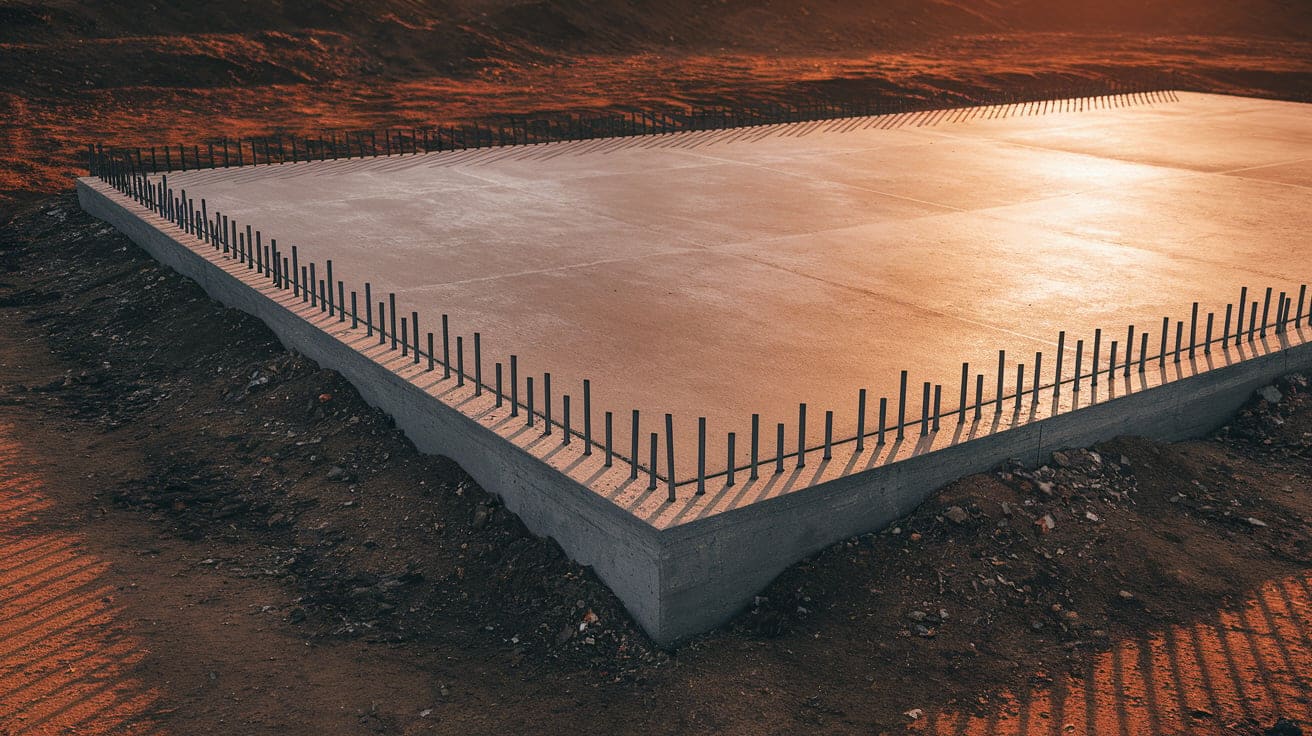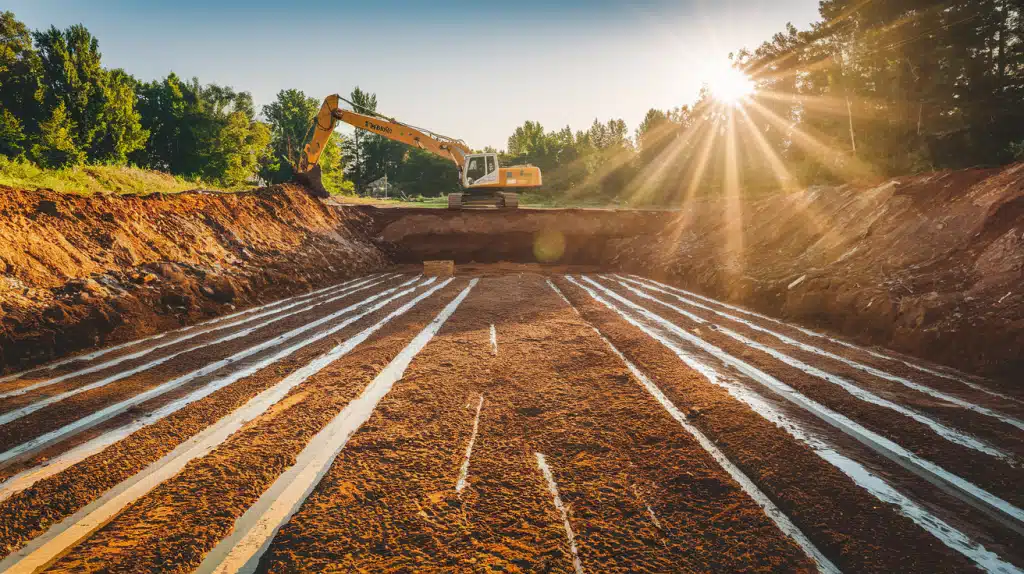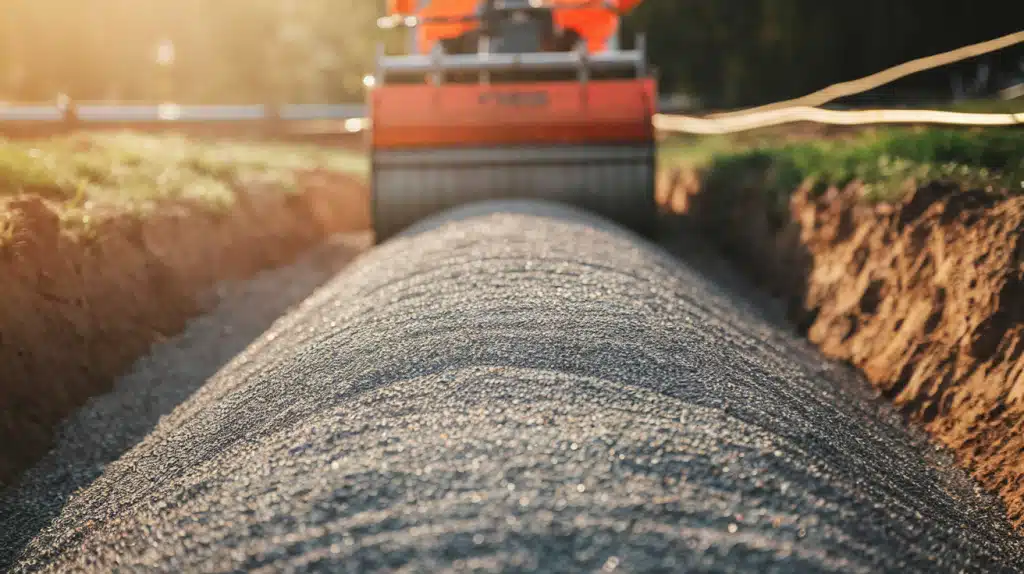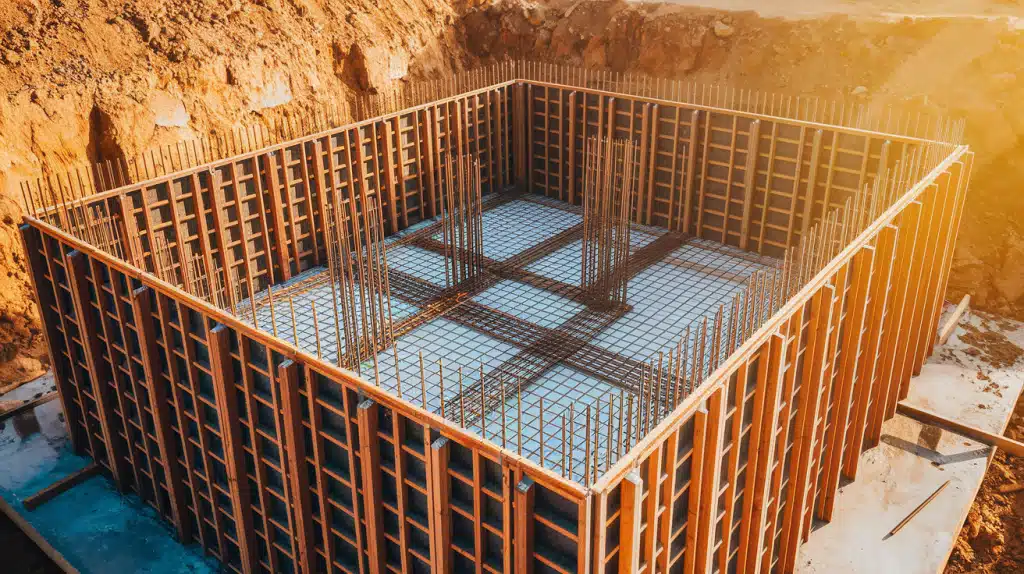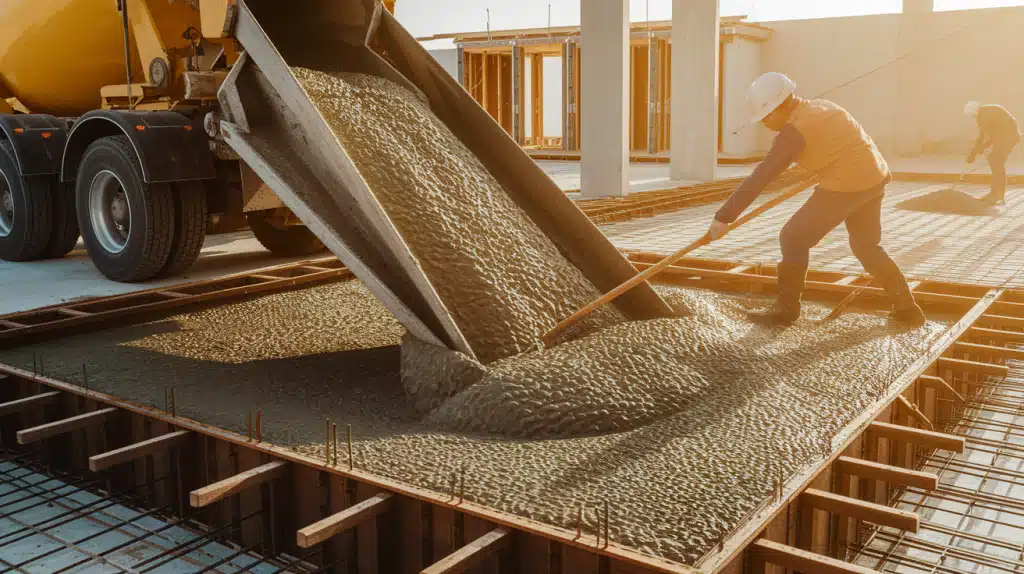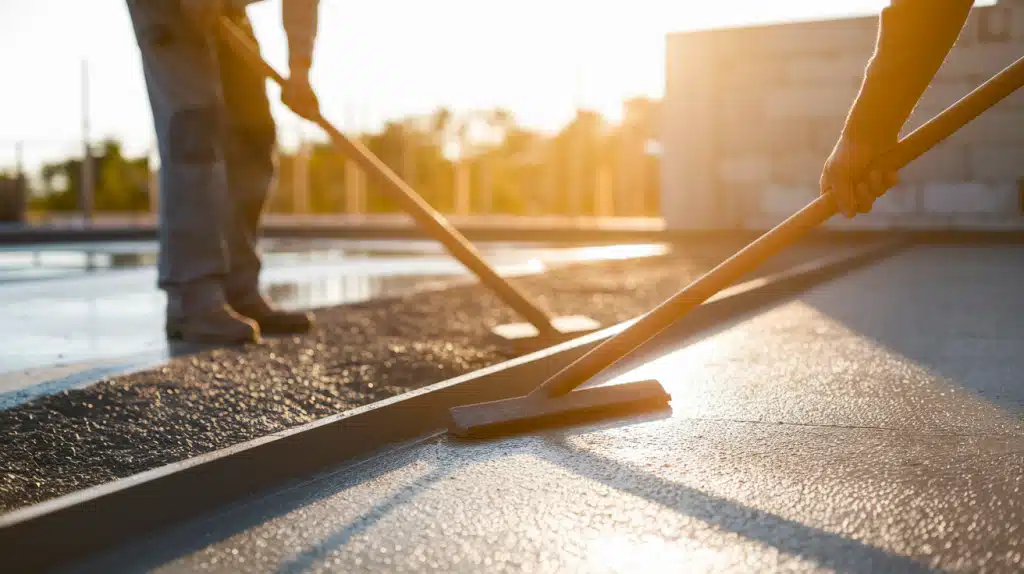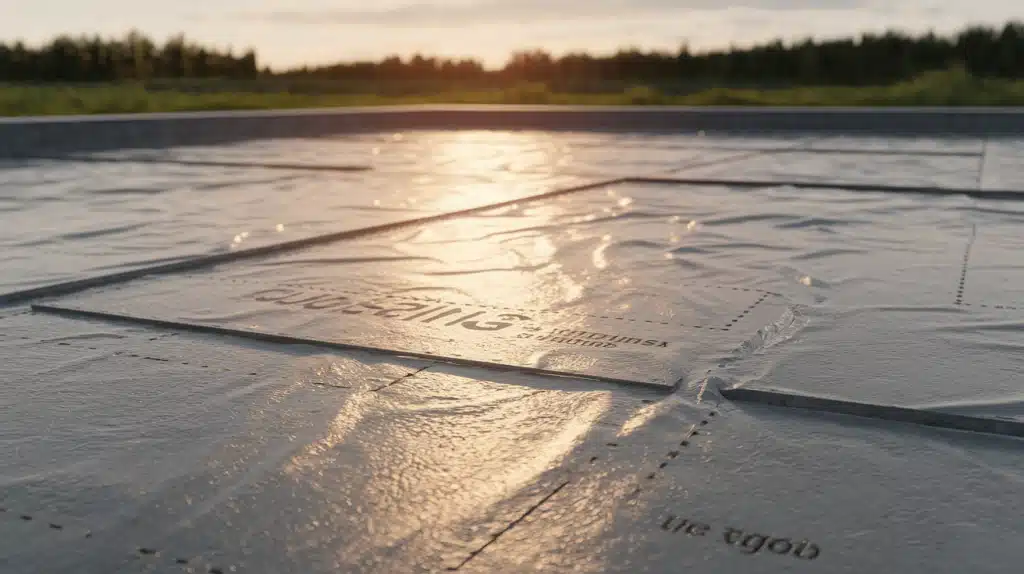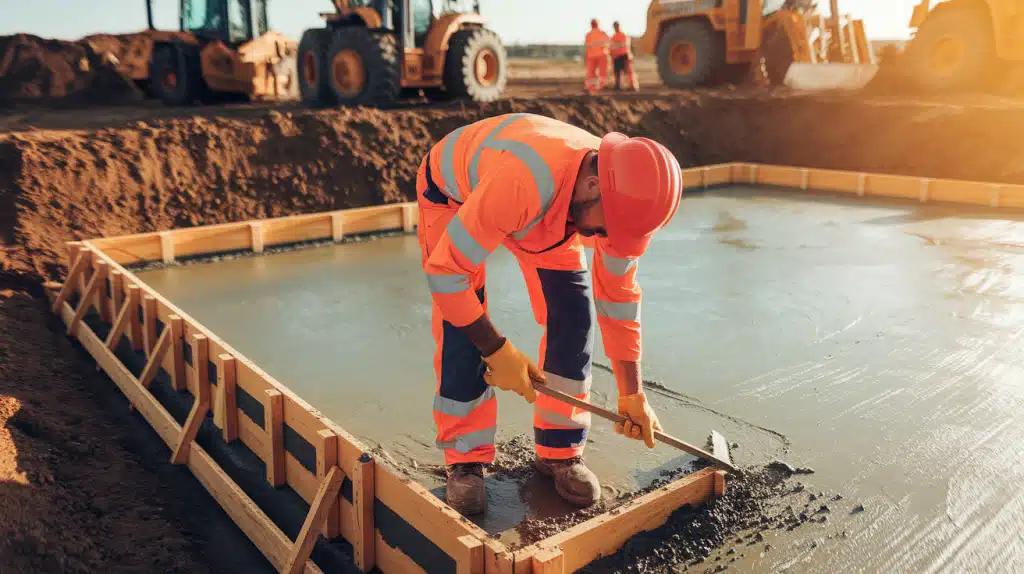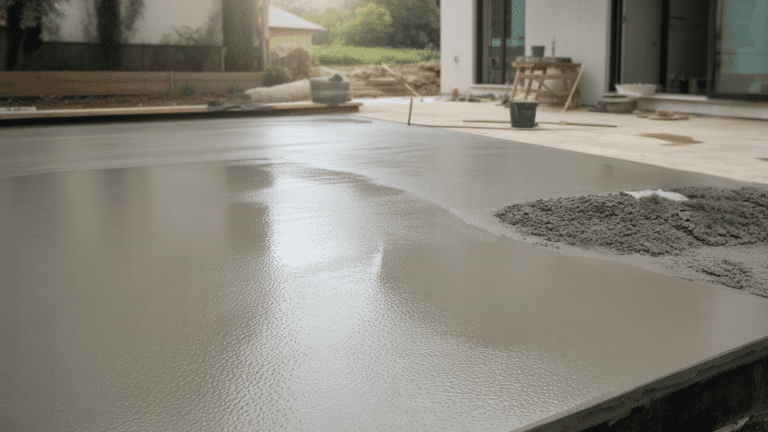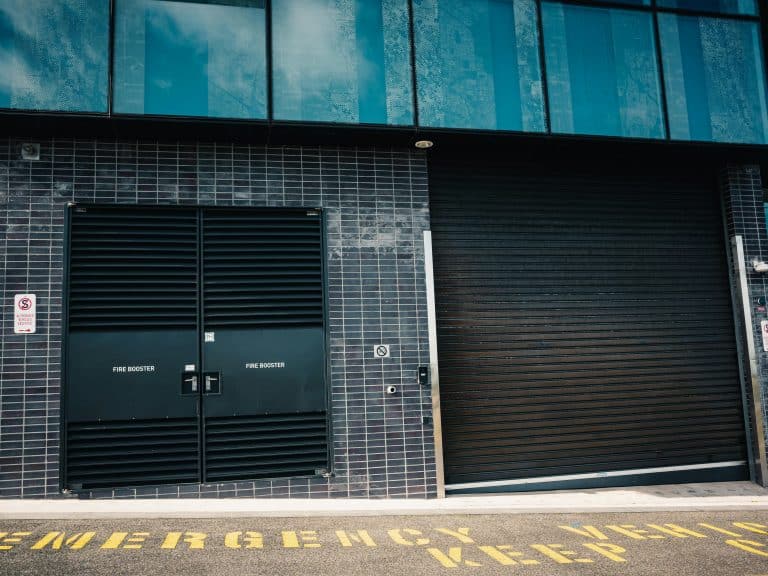How to Build a Monolithic Slab Foundation
Building your own foundation can feel overwhelming, especially when you’re staring at an empty lot, wondering where to start. Most homeowners assume foundation work requires expensive contractors and months of waiting, but what if I told you there’s a simpler way?
A monolithic slab foundation offers the perfect solution for DIY builders who want speed, affordability, and reliability. This single-pour concrete method cuts construction time in half while saving thousands on labor costs. Unlike complex basement or crawl space foundations, monolithic slabs use straightforward techniques that homeowners can master.
I’ll walk you through every step of building a monolithic slab foundation, from site preparation to final curing. You’ll learn the exact materials needed, common mistakes to avoid, and pro tips that ensure your foundation lasts decades. Ready to pour your way to success?
What Is a Monolithic Slab Foundation?
A monolithic slab foundation is a single, continuous concrete pour that forms both the foundation and the floor of a building in one solid piece. This type of foundation gets its name from the word “monolithic,” which means “formed from a single block of stone,” though in this case, it’s concrete instead of stone.
Key characteristics of monolithic slab foundations include:
- Single-pour construction – The entire foundation is poured at once, creating a seamless structure
- Integrated footing – The edges are thicker to provide extra support where the walls will sit
- Minimal excavation – Requires less digging compared to other foundation types
- Quick installation – Can be completed faster than traditional basement or crawl space foundations
- Cost-effective – Uses less material and labor than multi-step foundation systems
This foundation type works best in areas with stable soil conditions and minimal frost concerns. The concrete slab sits directly on a prepared base of gravel or sand, with the thicker edges acting as built-in footings. Steel reinforcement bars (rebar) are typically added before pouring to increase strength and prevent cracking.
Monolithic slabs are popular for residential homes, garages, and commercial buildings where simplicity and speed matter most.
Construction Process Explained
Building a monolithic slab foundation involves a streamlined process that creates a strong, unified foundation in just one concrete pour. Here’s how contractors build this type of foundation from start to finish.
Step 1: Site Preparation and Excavation
The construction crew clears the building site and excavates to the required depth, typically 6-8 inches below final grade.
The excavated area extends beyond the building footprint to accommodate thicker edge footings. Soil is compacted and graded for proper drainage away from the foundation area.
Step 2: Base Preparation and Utility Installation
A 4-6 inch layer of crushed gravel is spread and compacted to create a stable base. During this phase, all required utilities, including water lines, sewer connections, and electrical conduits, are installed and properly positioned.
The gravel base provides drainage and prevents moisture problems.
Step 3: Setting Forms and Reinforcement
Wooden or metal forms are installed around the foundation perimeter to contain the concrete.
Steel reinforcement bars (rebar) are placed throughout the area according to engineering specifications, with extra reinforcement in the thicker edge areas. Wire mesh may be added for crack control.
Step 4: Concrete Mixing and Pouring
Ready-mix concrete trucks deliver the concrete mixture to the job site.
The concrete is poured continuously in one operation, starting from one end and working across the entire foundation. Workers distribute the concrete evenly using rakes and screeds to fill all areas completely.
Step 5: Leveling and Surface Finishing
Immediately after pouring, workers use screeds and floats to level the concrete surface. Excess concrete is removed, low spots are filled, and a smooth finish is created.
The surface is worked until it meets the specified elevation and has the desired texture.
Step 6: Curing and Hardening
Curing compounds or plastic sheeting are applied to retain moisture during the hardening process.
The concrete must cure undisturbed for at least 24 to 48 hours before any weight is applied. Proper curing ensures the foundation reaches its full strength in 28 days.
Step 7: Form Removal and Final Grading
Once the concrete has sufficiently hardened, perimeter forms are carefully removed, and any minor imperfections are repaired.
The area around the foundation is backfilled with appropriate material, and final grading ensures proper drainage away from the structure for long-term performance.
Advantages and Disadvantages of Monolithic Slab Foundations
Monolithic slab foundations offer cost-effective construction and quick installation, but they also come with limitations in access to utilities and potential cracking issues. Understanding both sides helps you make the right choice for your building project.
| Advantages | Disadvantages |
|---|---|
| Cost-Effective – Lower material and labor costs | Repair Challenges – It is expensive to fix plumbing or cracks |
| Fast Construction – Quicker project completion | Flood Risk – More susceptible to water damage |
| Energy Efficient – Better insulation reduces utility costs | Design Limits – Hard to modify after construction |
| Pest Resistant – No crawl spaces for insects/rodents | Climate Restrictions – Not suitable for freezing areas |
| Durable – Resists shifting and settling over time | Limited Access – Utilities buried in concrete |
Monolithic slabs offer speed and savings but require careful planning since changes and repairs are difficult once installed.
When to Avoid Monolithic Slabs
Certain soil conditions and climate factors make monolithic slabs unsuitable for some construction projects. Knowing when to avoid them prevents costly structural problems.
- Cold Climate Areas: Avoid regions with freezing temperatures and frost lines, as ground freeze-thaw cycles can cause cracking and structural damage.
- Unstable Soil Conditions: Skip this foundation type on clay soils, expansive soils, or areas with poor drainage that experience significant settling or movement.
- Flood-Prone Locations: Don’t use in areas with high flood risk, as the low profile makes structures more vulnerable to water damage and flooding.
- Steep or Sloped Sites: Avoid properties with significant grade changes, as extensive excavation and grading make other foundation types more cost-effective.
- Utility-Heavy Buildings: Skip for structures requiring extensive plumbing or electrical systems since accessing buried utilities for repairs becomes extremely difficult and expensive.
- Future Expansion Plans: Avoid if you plan to add basements, additional floors, or significant structural modifications, as monolithic slabs limit future building options.
Monolithic Slab vs. Stem Wall Foundations
Monolithic slabs offer faster, cheaper construction with a single concrete pour, while stem wall foundations provide better utility access and flexibility but require more time and money to build.
| Feature | Monolithic Slab | Stem Wall Foundation |
|---|---|---|
| Construction | Single concrete pour | Separate footing and wall construction |
| Cost | Lower material and labor costs | Higher due to multiple construction phases |
| Speed | Faster installation (1-2 days) | Slower process (3-5 days) |
| Insulation | Limited insulation options | Better insulation between the slab and the ground |
| Utilities | Embedded in concrete | Accessible through the crawl space |
| Repairs | Difficult and expensive | Easier access for maintenance |
| Flood Resistance | Lower profile, more vulnerable | Higher elevation, better flood protection |
| Soil Requirements | Needs stable, well-draining soil | More tolerant of soil variations |
| Climate Suitability | Best in mild climates | Better for areas with frost concerns |
| Flexibility | Limited future modifications | Easier to modify or expand |
Conclusion
Monolithic slabs prioritize speed and cost savings, while stem walls offer better long-term accessibility and flexibility.
Building a monolithic slab foundation doesn’t have to be intimidating when you follow the right steps. From site preparation to final curing, this single-pour method gives you a solid, long-lasting foundation that saves both time and money compared to traditional options.
Remember, success comes down to proper planning and attention to detail. Take your time with excavation, don’t skip the gravel base, and ensure your concrete cures properly. While this foundation type isn’t right for every situation, it’s perfect for stable soil conditions and mild climates.
Your DIY foundation project is totally doable with the right preparation. Start by checking your local building codes and soil conditions, then gather your materials and get ready to pour your way to a strong foundation that will support your structure for decades to come.

